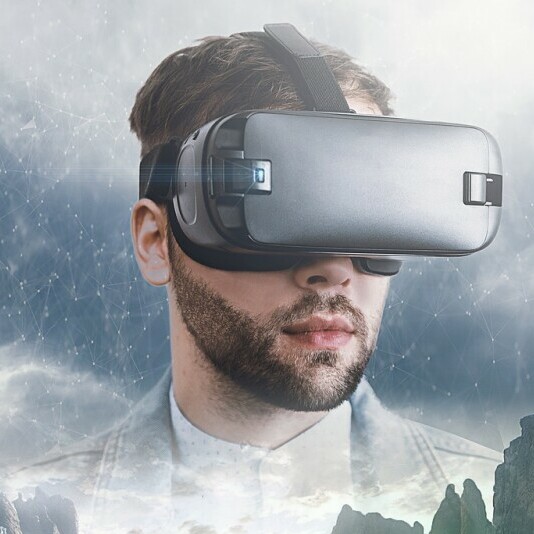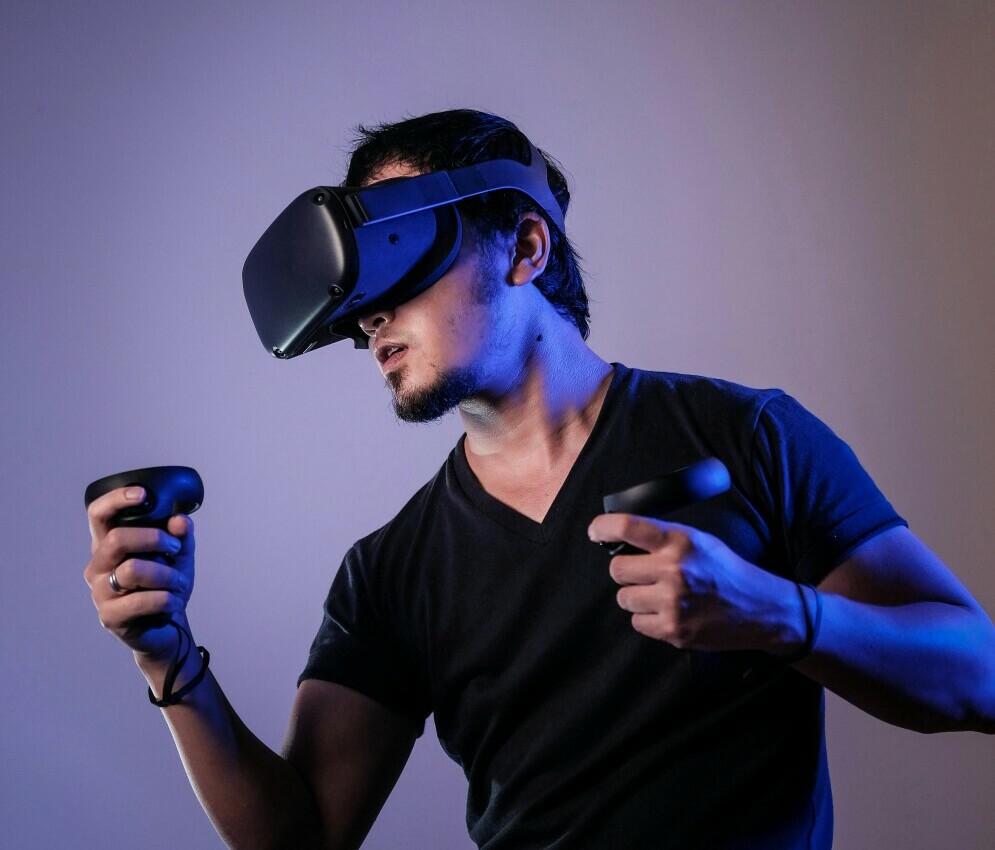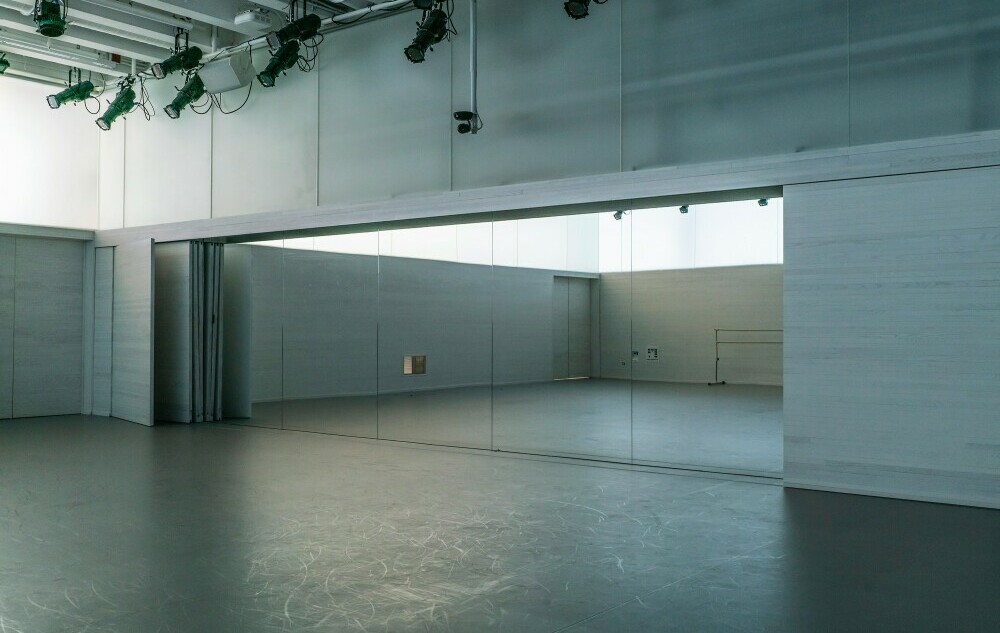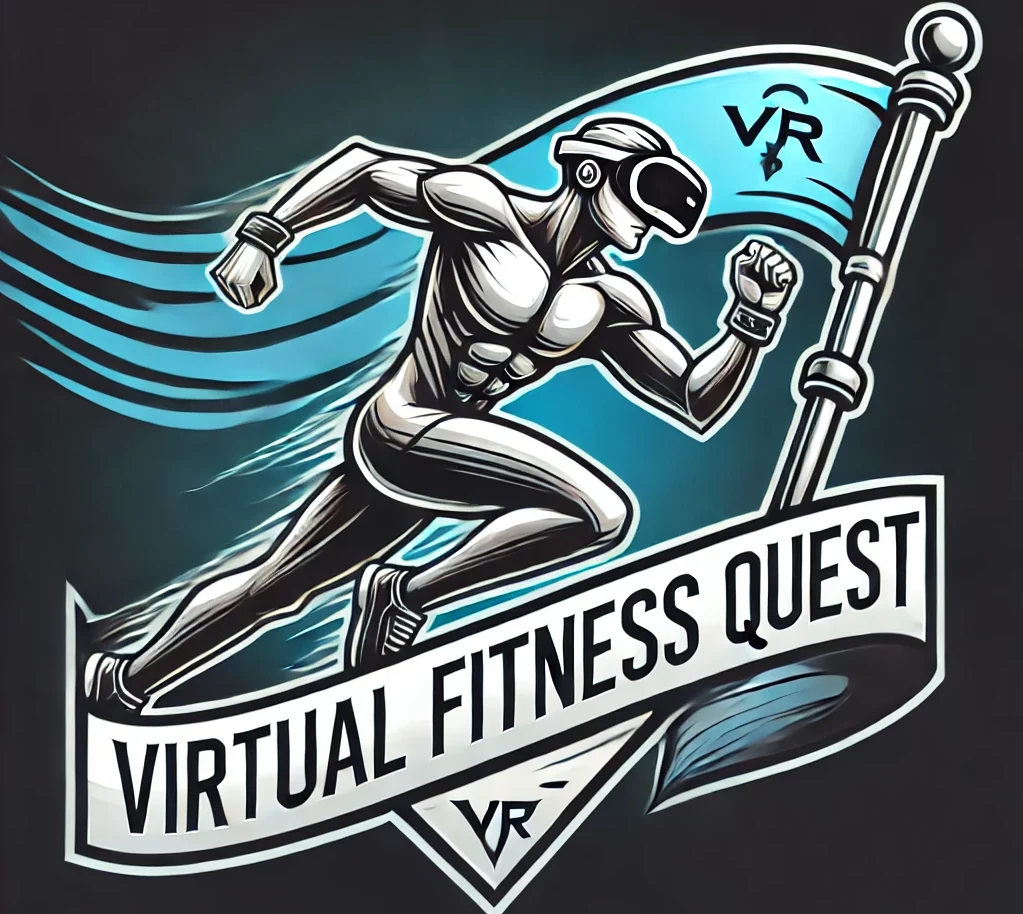How To Set Up Your Vr Fitness Space At Home
This article contains affiliate links, meaning I may earn a commission if you click through and make a purchase. As an Amazon Associate, I earn from qualifying purchases. This comes at no additional cost to you. I only recommend products or services that I believe will provide value to my readers, based on personal experience or thorough research.
Creating a dedicated VR fitness space at home isn’t just about having a cool place to work out. It can genuinely impact how committed and enthusiastic you are about your fitness journey. Having a designated area means fewer excuses and more motivation to get moving, which is essential in building a consistent workout routine.
The benefits of VR fitness go beyond the physical. Engaging in immersive fitness activities can lead to a more enjoyable workout experience, making it easier to stick with long-term. It mixes the fun of gaming with the intensity of exercises, turning what might feel like a chore into something you look forward to. Imagine burning calories while having fun – that’s the beauty of VR fitness.
Statistically speaking, VR fitness is gaining significant traction. A growing number of fitness enthusiasts are adopting VR technology to meet their health goals. According to recent studies, VR fitness can be as effective as traditional methods, with some users reporting even better results due to the engaging nature of the workouts. This trend reflects a broader shift towards integrating technology into daily health and fitness routines, proving its effectiveness and appeal.
Optimizing your personal space to suit VR fitness can significantly boost your workout motivation and overall experience. When your equipment is ready, and your space is tailored to your needs, it reduces the friction of getting started. You’re not wasting time setting things up every time – you just put on your headset and go. It’s a practical step towards making fitness a sustainable part of your lifestyle.

Selecting the Right VR Equipment
Choosing the right VR equipment is key to getting the most out of your home fitness space. The market is full of options, but some stand out more than others for their performance and features.
Starting with VR headsets, there are a few that are particularly well-suited for fitness. The Oculus Quest 2 is highly popular because of its all-in-one wireless design, which makes it easy to move around during high-intensity workouts. On the other hand, the HTC Vive Pro offers remarkable graphics and an immersive experience, but its setup might be a bit more complex and better suited for those looking for a high-end option.
Budget is an important consideration. If you’re just starting, there are budget-friendly options like the Oculus Quest 2, which offers great value without a hefty price tag. It’s a solid entry point for beginners. For those willing to invest more, high-end setups like the HTC Vive Pro or Valve Index provide an unparalleled experience but come with a higher price.
Accessories can make or break your VR fitness experience. Controllers are a must, but additional sensors can improve tracking accuracy, essential for intensity workouts. Look for ergonomic designs that are comfortable to hold over long periods. Sweat-resistant face covers are also a good idea, ensuring your headset stays clean and comfortable during workouts.
In addition to the basics, some optional accessories can enhance your experience. A VR mat can help define your workout space and offer some cushioning, while a fan can keep you cool during intense sessions. These little additions can make your workouts more comfortable and enjoyable.
Making informed decisions about your VR equipment means you’ll have a setup that supports and enhances your fitness goals. Spend some time researching and consider trying out different options if possible, to find what suits you best.

Choosing the Perfect Space: Room Requirements and Setup
When setting up your VR fitness space, the first thing to consider is room size. Having enough room is crucial for safe and effective workouts. Ideally, you’ll want an area with at least 10 x 10 feet of clear space. This ensures you can move freely without bumping into walls or furniture.
Flooring is another important factor. A non-slip surface is essential to prevent accidents during high-intensity sessions. If your workout space has hardwood or tile floors, consider adding a rubber mat or foam interlocking tiles for extra grip and comfort.
Proper lighting also plays a role in creating the perfect VR fitness environment. Natural light is ideal, but make sure it doesn’t cause glare on your headset. Adjustable lighting options, like dimmable lights or smart bulbs, can help set the right mood while keeping the space well-lit.
Good ventilation is a must since VR workouts can get pretty intense. An open window or a fan can help keep the air fresh and you cool. Avoid working out in a confined, stuffy room as this can lead to discomfort and overheating.
Reducing distractions will help you focus better. Ensure the space is free of noisy interruptions and visual clutter. A tidy, quiet room enhances immersion and concentration. If possible, choose a room where you can close the door and have some privacy.
These considerations will help you create a safe, comfortable, and motivating VR fitness space. Tailor your space to your needs and preferences, and you’ll find that working out becomes more enjoyable and effective.

Ensuring a Safe and Injury-free VR Workout
Safety should be the top priority in your VR fitness space to avoid injuries and ensure a pleasant workout experience. Common safety concerns in VR fitness include tripping over cables, bumping into furniture, and losing balance during intense movements.
Start by addressing these hazards. Opt for a wireless VR setup where possible to eliminate tangled wires. If you must use cables, secure them against walls or run them above head level using cable management solutions. Making the area clutter-free is crucial.
Protective gear can add an extra layer of safety. Wrist guards, knee pads, and non-slip socks can prevent minor injuries. Some people even use a light helmet to protect the head from accidental bumps. It’s better to be over-prepared than to risk getting hurt.
Preventing VR-induced injuries also involves maintaining good posture. Engage your core and avoid slouching during exercises. Regular stretching and warm-up routines can help you stay flexible and reduce the risk of strains or sprains. Overdoing it during a fun VR session can be tempting, but know your limits and take breaks when needed.
Creating a safe exercise routine is another essential step. Follow beginner workouts before moving on to advanced programs. Listen to your body, and gradually increase the intensity of your workouts. Ignore the thrill of advancing too quickly, as this often leads to injuries.
By putting safety first, you can enjoy the benefits of VR fitness without unnecessary risks. A secure environment fosters a positive workout experience and helps you stay committed to your fitness goals.
Customizing Your VR Fitness Experience
Personalizing your VR fitness routines can make a world of difference in keeping you engaged. Tailor workouts to meet your goals, whether it’s high-intensity interval training (HIIT), yoga, or dance. Many VR fitness apps let you select from a range of activities, ensuring you always have something new to try.
Choosing the right VR fitness apps and games is crucial for a personalized experience. Popular apps like Supernatural, FitXR, and Beat Saber offer diverse workout styles to keep things interesting. Supernatural, for example, combines guided workouts with beautiful virtual landscapes, while Beat Saber makes you work up a sweat in a rhythm-based game format. Try out different apps to find what resonates with you.
Tracking your progress helps in staying motivated and seeing the results of your hard work. Many VR fitness apps come with built-in progress trackers that monitor your activity levels, calories burned, and achievements. Regularly review your stats to set new goals and celebrate milestones. This not only makes workouts more exciting but also promotes a sense of accomplishment.
Incorporating music and sound can elevate your VR fitness sessions. Many apps allow you to sync with your own playlists or choose from curated options to suit your mood. A great soundtrack can make exercises feel less taxing and more enjoyable. Whether you prefer high-energy beats or calming tunes, sound can significantly enhance your workout experience.

Maintaining Your VR Fitness Equipment
Taking care of your VR fitness gear ensures it lasts longer and performs at its best. Regular maintenance and proper storage are key to preserving your investment.
Start with regular cleaning routines. Sweat and dust can accumulate on your headset, controllers, and accessories, affecting performance and hygiene. Use microfiber cloths to wipe down the headset and a gentle cleaner for deeper cleans. Avoid harsh chemicals that might damage the equipment.
Proper storage is crucial. Store your VR headset and accessories in a cool, dry place when not in use. Using a storage case can protect your gear from dust and accidental damage. Make sure the cables are neatly coiled and secured to prevent tangling or fraying.
Pay attention to wear and tear. Controllers and sensors can take a beating during intense workouts. Inspect your equipment regularly for signs of damage and replace worn-out parts promptly. Manufacturer warranties and support can be handy for repairs and replacements.
Optimizing performance is also essential. Keep your software and firmware up to date for your headset and apps. Updates often include performance improvements and new features that can enhance your workout experience. Also, recalibrate your sensors and headset periodically to ensure accurate tracking and responsiveness.
With the right care, your VR fitness equipment will serve you well and enhance every workout session. Implementing these maintenance practices will keep your gear in top condition, allowing you to focus on reaching your fitness goals.

Maximizing the Benefits: Tips from VR Fitness Enthusiasts
Listening to advice from those who are seasoned in VR fitness can give you an edge in your own workouts. Success stories from VR fitness users highlight the effectiveness and enjoyment of immersive workouts. Many find that their commitment and enthusiasm grow as they discover the full potential of their VR setups.
Staying motivated is easier when you have expert tips and tricks. Set a regular schedule to turn your VR workouts into a habit. Consistency is key. Pair this with achievable goals and gradually increase the intensity of your sessions as you get more comfortable and fit.
Balancing VR workouts with traditional fitness activities produces well-rounded results. Don’t discard your usual routines; instead, integrate VR sessions to keep things varied and engaging. Alternate between VR workouts and other activities like running or weight training to achieve a balanced fitness regimen.
Community resources are invaluable. Join online communities or social media groups focused on VR fitness. These platforms offer a space to share experiences, learn new tips, and find support. Engaging with others who share your interests boosts motivation and makes the journey more enjoyable.
Expert tips from enthusiasts often include practical advice like keeping your space organized, taking short breaks during long sessions, and regularly updating apps for the latest features and improvements. These small adjustments can make a big difference in your overall experience.
Ready to start your quest? Leave a comment, let’s get going!

2 Comments